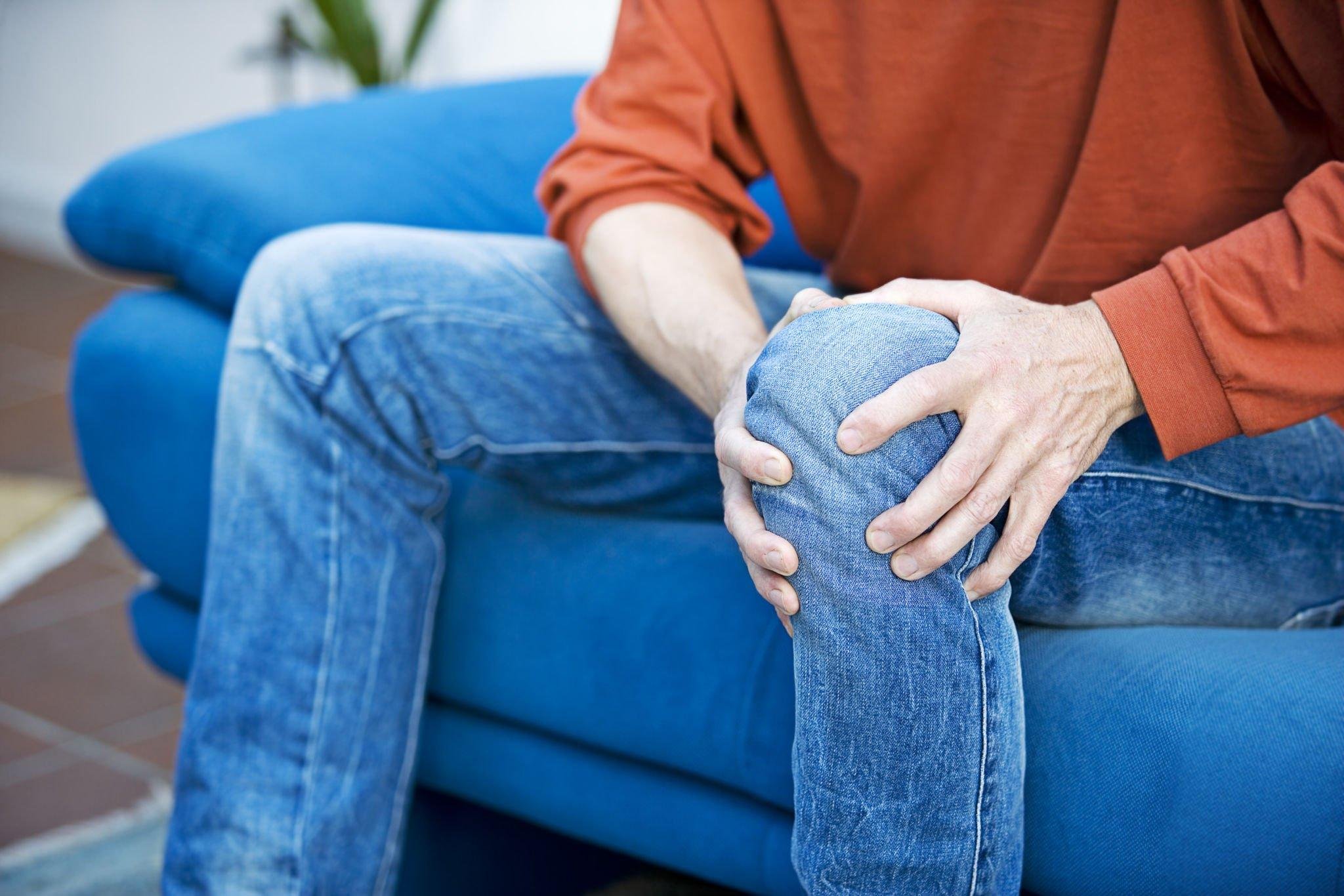
Chronic joint pain is a condition that affects millions of people worldwide — more than 50 million in the United States alone — often disrupting daily activities and diminishing overall quality of life. Unlike acute pain, which is temporary and usually resolves after an injury heals, chronic joint pain persists for weeks, months, or even years. It's commonly associated with conditions like arthritis, bursitis, tendinitis, and autoimmune diseases, but it can also stem from overuse, injury, and aging. If you're living with this condition, managing the pain is not just about alleviating discomfort — it’s about regaining mobility, independence, and a sense of normalcy.
The impact of chronic joint pain extends beyond physical symptoms. It can lead to emotional and psychological impacts such as stress, anxiety, and depression, as people often feel limited in their ability to participate in activities they once enjoyed. The good news is that a wide range of treatment options exists, from traditional medical therapies to alternative and lifestyle approaches. These treatments aim to reduce pain, improve joint function, and enhance overall quality of life. Finding the right treatment plan can be a journey that involves trial and error to identify what works best for your specific condition and needs. Whether you're newly experiencing joint pain or have been managing it for years, understanding the options available is important. This article explores various chronic joint pain treatments, including medications, physical therapy, lifestyle changes, and alternative therapies, to help you and your doctor make informed decisions about your care.
Medical Treatments for Chronic Joint Pain
Medications are often the first line of defense in managing chronic joint pain. Depending on the underlying cause and severity of your condition, your doctor may recommend:
- Over-the-Counter Pain Relievers: Nonsteroidal anti-inflammatory drugs (NSAIDs) like ibuprofen and acetaminophen can help reduce inflammation and relieve pain.
- Prescription Medications: For more severe pain, prescription NSAIDs, corticosteroids, or disease-modifying antirheumatic drugs (DMARDs) may be helpful.
- Topical Treatments: Creams, gels, or patches containing capsaicin or menthol can provide localized relief by numbing the area or improving blood flow.
- Injections: Corticosteroid or hyaluronic acid injections directly into the joint can provide temporary relief for inflammation or improve lubrication in conditions like osteoarthritis.
In cases in which conservative treatments don't provide relief, surgical options may be considered. These include:
- Arthroscopy: This minimally invasive procedure can repair joint damage.
- Joint Replacement Surgery: Often used for severe arthritis, this involves replacing the damaged joint with an artificial one.
- Joint Fusion: In some cases, fusing two bones together can stabilize the joint and reduce pain.
Physical Therapy and Exercise
Working with a physical therapist can improve joint function and reduce pain. Therapists design individualized programs to strengthen the muscles around the affected joint, enhance flexibility, and improve posture. Staying active is essential for managing chronic joint pain as well. Activities like swimming, yoga, and cycling may help you maintain joint mobility without putting excessive strain on your joints. Regular movement also promotes circulation and can reduce stiffness.
Lifestyle Changes for Joint Health
1. Weight Management
Excess weight places additional stress on weight-bearing joints like your knees and hips. Losing even a small amount of weight may reduce pain and improve mobility.
2. Healthy Nutrition
A balanced diet rich in anti-inflammatory foods like fish, nuts, fruits, and vegetables can support joint health. Avoiding processed foods and added sugars may also help reduce the inflammation that leads to joint pain.
3. Adequate Rest
While staying active is vital, allowing your joints time to rest and recover is equally important. Practicing good sleep hygiene can also improve your overall well-being.
Alternative and Complementary Therapies
1. Acupuncture
This ancient Chinese practice involves inserting thin needles into specific points on the body. Many people find it effective for reducing joint pain and improving mobility.
2. Chiropractic Care
Chiropractors use spinal adjustments and manual therapies to potentially improve alignment and reduce joint stress.
3. Supplements
Supplements like glucosamine, chondroitin, and omega-3 fatty acids are popular for supporting joint health. Always consult a healthcare provider before starting new supplements.
4. Heat and Cold Therapy
Applying heat can relax muscles and improve blood flow, while cold therapy may reduce inflammation and numb the area.
Emerging Treatments
The field of chronic joint pain treatment is continually evolving, with innovative therapies providing new hope for those who experience persistent discomfort. These include:
- Platelet-Rich Plasma (PRP) Therapy: PRP injections use your own blood platelets to promote healing and reduce inflammation.
- Stem Cell Therapy: Still experimental, this treatment involves using stem cells to repair damaged tissues.
- Electrical Stimulation Devices: Devices like TENS units provide nerve stimulation to block pain signals and improve mobility.
If chronic joint pain interferes with your daily activities or worsens over time, consult a healthcare professional. A proper diagnosis is essential for developing an effective treatment plan that's tailored to your needs.
Chronic joint pain can be a life-altering condition, but it doesn’t have to define your life. With a combination of medical treatments, physical therapy, lifestyle adjustments, and alternative therapies, managing pain and regaining mobility is possible. By staying informed and proactive, you can work with your healthcare team to develop a treatment plan that helps you live more comfortably and enjoyably. Whether you’re exploring new options or fine-tuning your current approach, the path to relief begins with understanding and action.
Resource Links
"Joint Pain" via Cleveland Clinic
"Joint pain" via MedlinePlus
"Arthritis" via Mayo Clinic